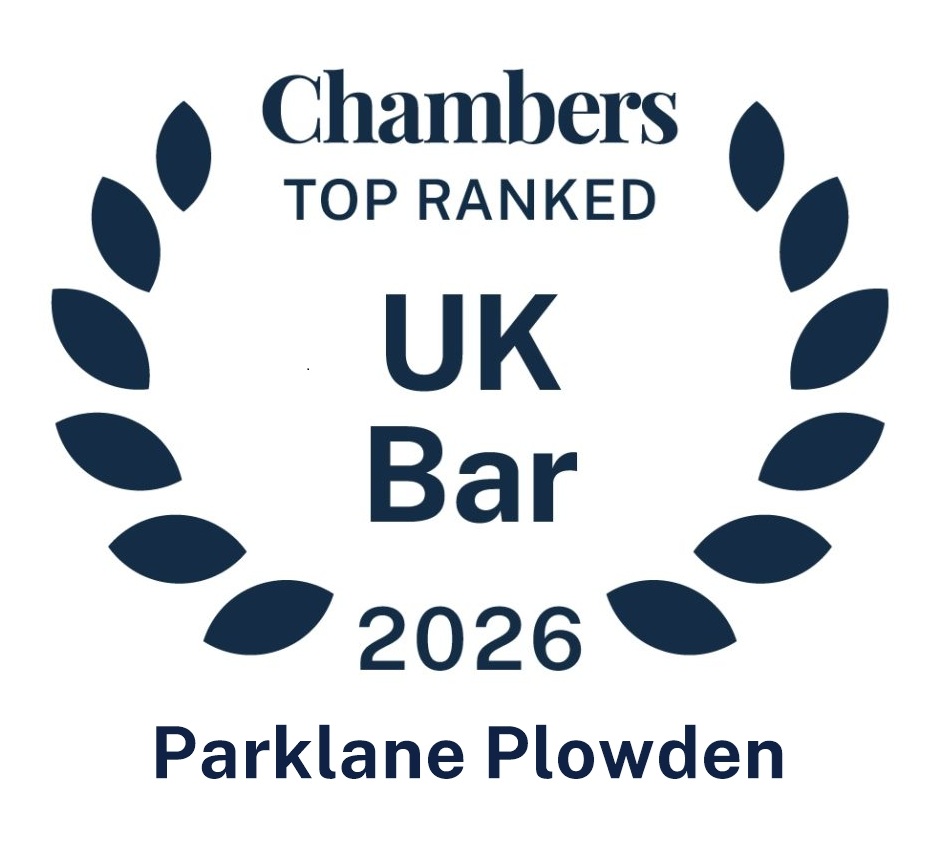What’s in a purpose?

Robert Dunn examines the case of Tees Esk & Wear Valleys NHS Foundation Trust v (1) Harland & Ors (2) Danshell Healthcare Ltd [2017] UKEAT 0173_16_0303 in which the EAT held that, in assessing the principal purpose of an ‘organised grouping of employees’ under Regulation 3(3)(a)(i) of TUPE, an ET is entitled to consider the actual activities they undertook.
Dominic Bayne of Parklane Plowden Chambers appeared at the ET and EAT on behalf of Tees Esk & Wear Valleys NHS Foundation Trust, the Second Respondent.
THE FACTS
In 2005, the Second Respondent became responsible for the care of CE, an individual with learning difficulties. CE required 7-1 care and 27 employees were involved in its provision. However, CE’s condition gradually improved. As a result, by 2011 CE required 4-1 care, and upon CE being moved to a new residence in 2012, only 11 employees, the Claimants, were required. By 2014, CE only needed 1-1 care, and therefore the Claimants spent more time caring for other occupants.
On 5th January 2015, the local Clinical Commissioning Group awarded the contract for CE’s care to Danshell Healthcare Ltd, the First Respondent. The Second Respondent contended that the Claimants’ employment had been transferred. The Claimants disputed this, wanting to remain employed by the NHS.
THE LAW
Regulation 3(3)(a)(i) states that there will be a ‘service provision change’ (SPC) if, immediately before the SPC ‘there is an organised grouping of employees situated in Great Britain which has as its principal purpose the carrying out of the activities concerned on behalf of the client’.
There are no reported cases as to the meaning of ‘principal purpose’ and what it entails. In contrast to the rest of TUPE, SPCs are not a product of the Acquired Rights Directive, and so there are no ECJ decisions on the point. HHJ Eady QC did however glean guidance from the growing volume of case law on the other terms in Regulation 3(3)(a)(i). The ‘organised grouping’ must be more than a matter of ‘happenstance’; Ceva Freight (UK) Ltd v Seawall Ltd [2013] IRLR 726, instead requiring an analysis of the specific service provided to the client and whether employees were organised for the principal purpose of performing it; Rynda (UK) Ltd v Rhijnsburger [2015] IRLR 394. The assessment should be done ‘immediately before’ the service provision change; Amaryllis Ltd v McLeod, subject to any temporary cessation of work; Mustafa v Trek Highways Services Ltd.
EMPLOYMENT TRIBUNAL DECISION
At a Preliminary Hearing, the ET found that there was no SPC. Applying Ceva and Rynda, in 2012 the Claimants were an organised grouping of employees with the principal purpose of providing CE’s care. However, immediately before the contracting out in January 2015, the ‘principal purpose’ had been diluted. The Claimants provided 375 working hours per week, yet CE now required only 125 hours of care; 66.7% of their time involved caring for others. There being no SPC, the ET held that the Claimants had been employed by the Second Respondent at all material times.
The Second Respondent appealed on 2 grounds: (1) The ET erred by inserting an additional stage into the consideration of ‘principal purpose’ by considering the actual activities the grouping provided, and (2) If there were no SPC, the ET erred in finding the Claimants remained employed by the Second Respondent, this being an issue outside the scope of the Preliminary Hearing.
THE DECISION
On the first ground, the EAT dismissed the appeal. HHJ Eady QC noted merit in the Second Respondent’s submissions that ‘purpose’ was a subjective concept, and therefore the focus should be on the employer’s intent in organising the group of employees. Ultimately however, the EAT sided with the arguments of the Claimants and First Respondent.
Intent was not synonymous with purpose. Whilst an employer’s intent was a relevant factor in finding the ‘principal purpose’, so were the actual activities undertaken by the grouping; neither were determinative. The ET had properly followed the guidance in Rynda, and had not inserted an additional stage into the test: consideration of the actual activities performed is a part of considering ‘principal purpose’. Here, by January 2015 the Claimants’ activities in providing CE’s care had reduced to such an extent that, even regarding the Second Respondent’s intent, the purpose of the grouping had changed. Caring for CE had become merely a subsidiary purpose. The ET’s conclusion was permissible.
On the second ground, the EAT allowed the appeal. The issues for determination at the Preliminary Hearing had been pre-agreed and did not include the consequences of there being no SPC. The issue was remitted back to the ET.
COMMENT
The EAT’s judgment is a welcome clarification of the law and offers significant practical benefits. By finding that there is an element of objectivity to the test of ‘purpose’, it allows would-be Claimants (and an ET) to look into the actual activities that a grouping performed. It gives employees an insight into their purpose and provides them with an indication of what their fate may be. It also gives private contractors more certainty as to the personnel they may become responsible for. The alternative, the Second Respondent’s subjective intent-based approach, would have provided an employer with substantial control over a grouping’s purpose and allowed them to effectively dictate whether a SPC had occurred, leaving a Claimant with little scope to challenge it.
Whilst this case may appear unusual, the Claimants seeking to show a transfer had not occurred in order to remain employed by the NHS, such arguments may become common. With the current government favouring privatisation of certain public services, the EAT’s decision may be invaluable for employees seeking to retain the perceived pension and work-flexibility benefits of public sector employment.
ROBERT DUNN
Pupil Barrister










